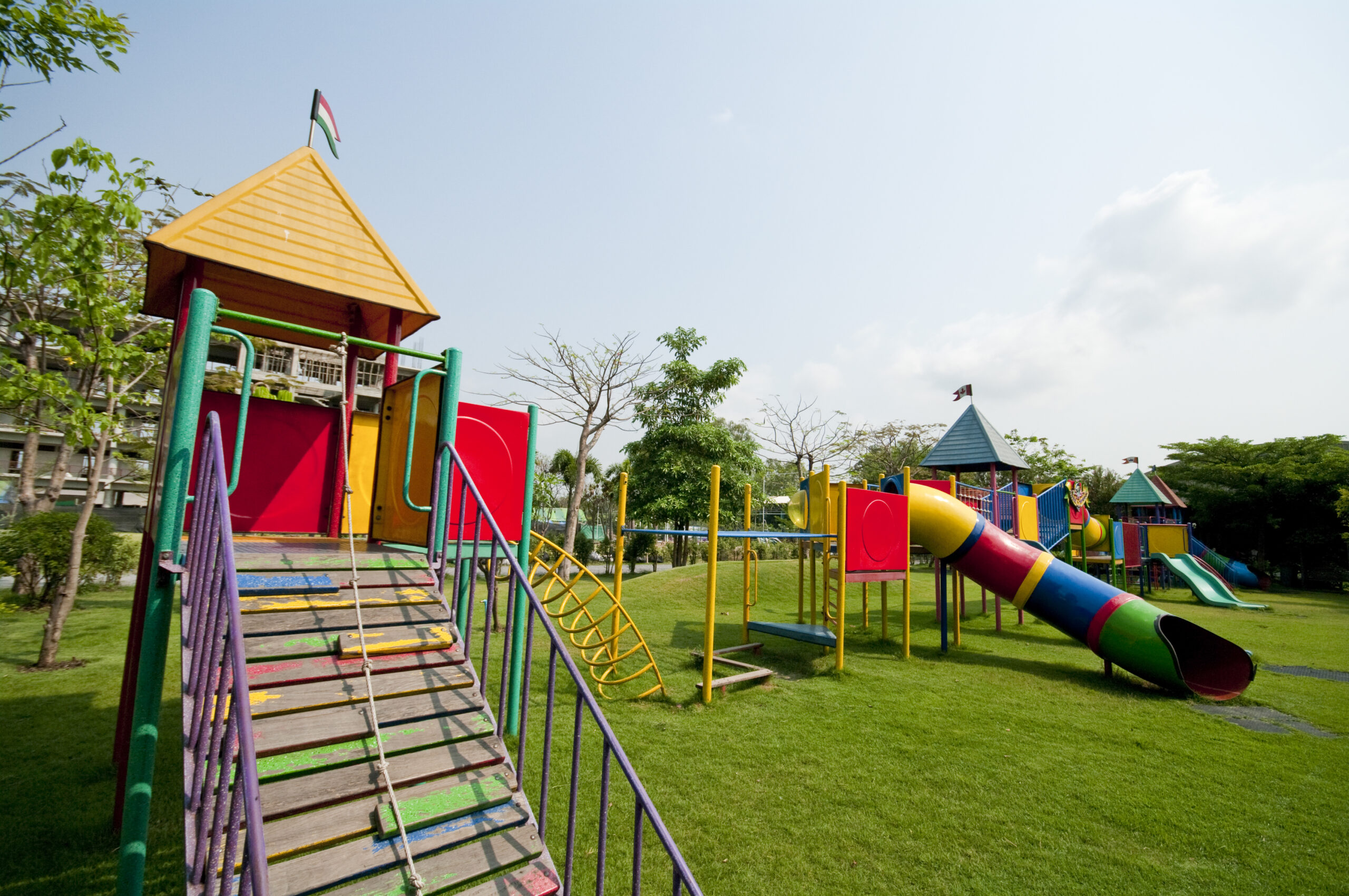By Katie Wolfe, Ph. D., BCBA
According to the Centers for Disease Control and Prevention, one in every 59 children in the U.S. is diagnosed with autism. The two primary characteristics of autism include deficits in social communication and interactions and restricted, repetitive patterns of behavior. These characteristics can make community outings, such as going to the park, library, store, or a restaurant, challenging for the whole family.
Studies report that families of children with autism may avoid community outings and often report feeling socially isolated. (Higgins, Bailey, & Pierce, 2005).
Families of children with autism may avoid going on community outings for a number of reasons, including concerns about their child’s challenging behavior (Myers et al., 2009) or the stigma they may feel from the general public (Gray, 2002). Safety is one of the primary factors limiting families’ participation in community outings. In one survey, more than half of parents reported that their fear of their child wandering or running away stopped them from going out into the community (Andersen et al., 2012).
Not being able to access community settings and resources can have a negative impact on everyone in the family.
Participating in the community in which we live is an important aspect of quality of life for everyone. Limited access to community settings can adversely affect not only the child with autism but also parents and siblings (Myers et al., 2009).
Resources are available online to inform and support parents, caregivers, and professionals.
Autism Speaks provides resources to help families plan for and navigate community outings. The Marcus Autism Center has specific tips related to safety concerns that may hinder families from taking community outings with their child with autism. Other resources are available from Sesame Street and the Children’s Specialized Hospital.
While interventions should always be individualized, a few recommended strategies for successful outings include:
- Prepare preferred toys and snacks to bring on the outing to use during wait times or to reward appropriate behavior.
- Use visual supports to prepare the child for what to expect on the outing.
- Identify a task that the child can assist with on the outing. For example, teach your child to get items on a shopping list.
- Start with small goals and build on your success. For example, work on shopping at a small market before you work on shopping at a warehouse club.
In the webinar, “Stepping Out: Family Outings with Young Children with Autism,” we discuss additional strategies practitioners can utilize to support young children with autism and their family.
Image from Storyblocks.com, CC0













